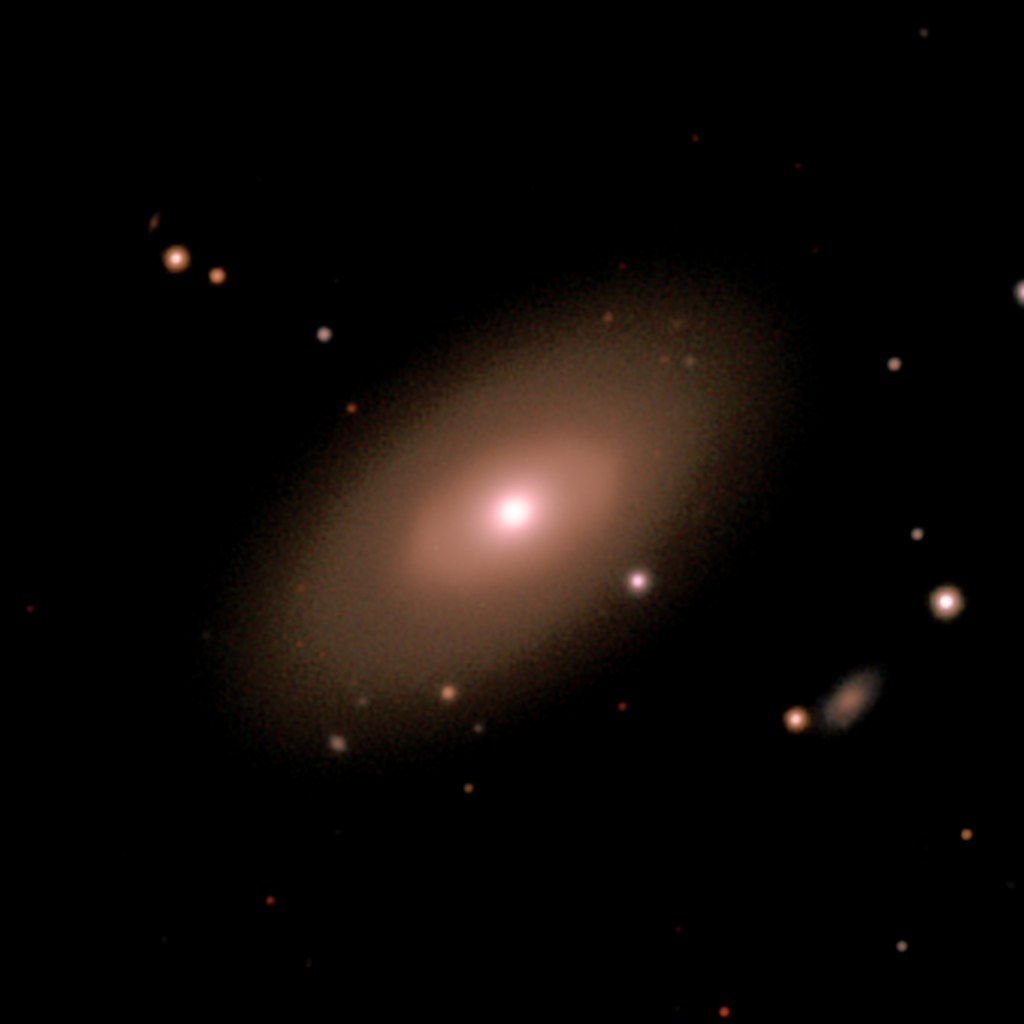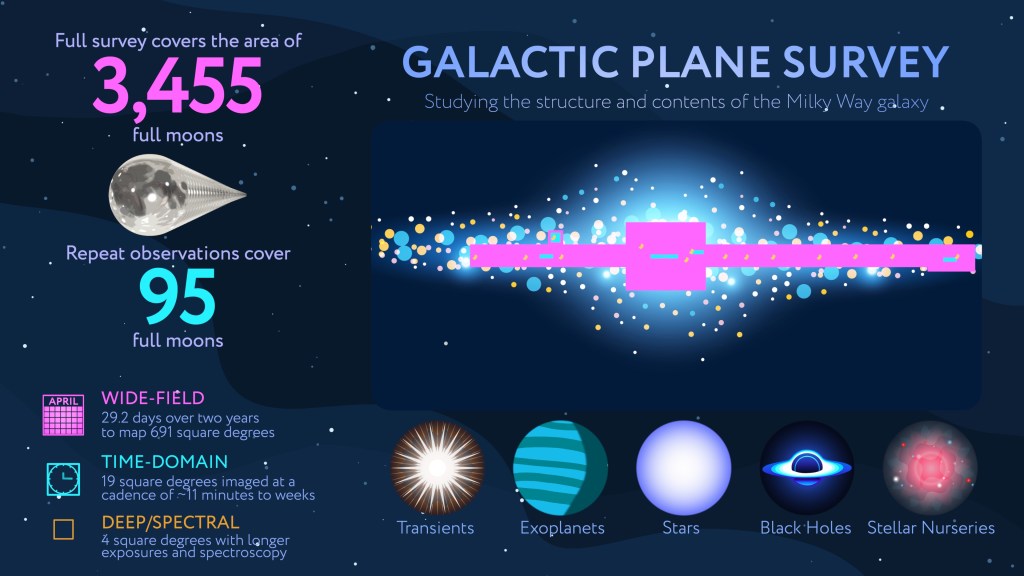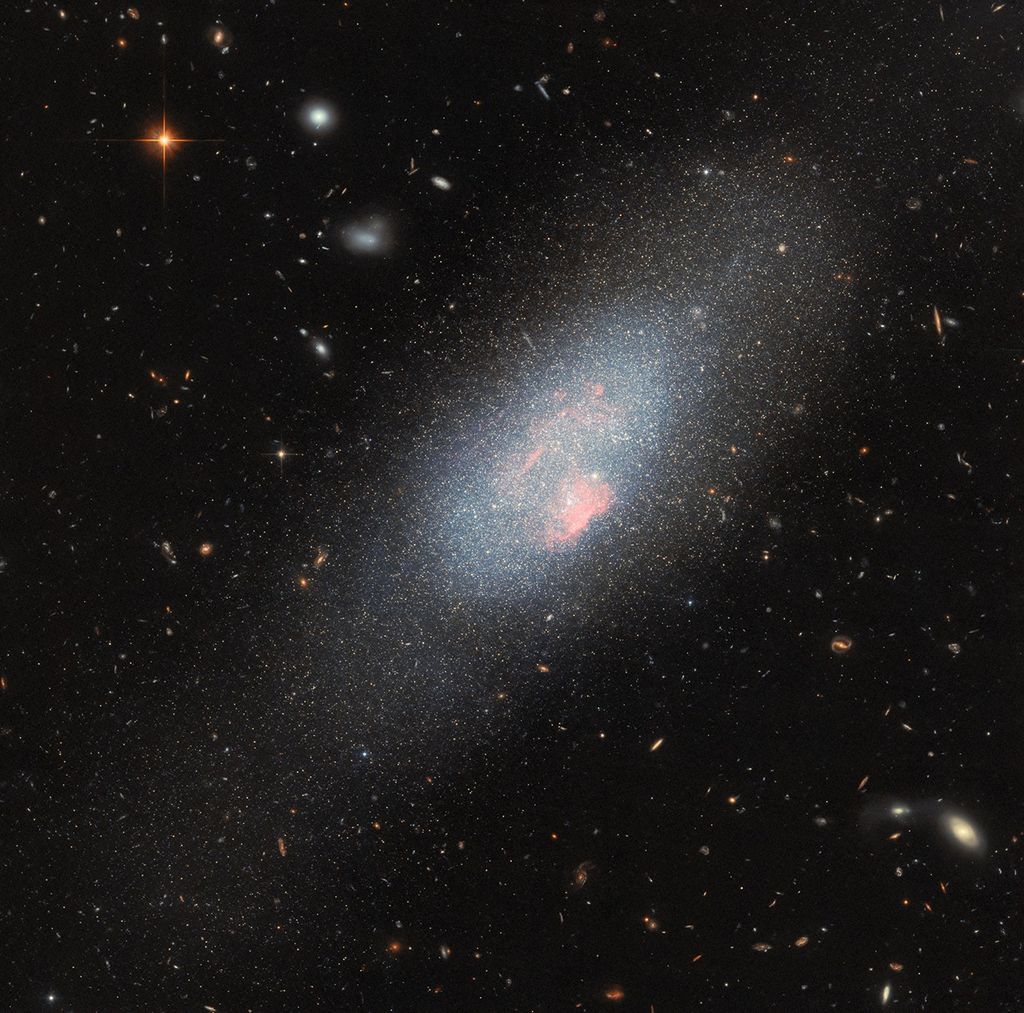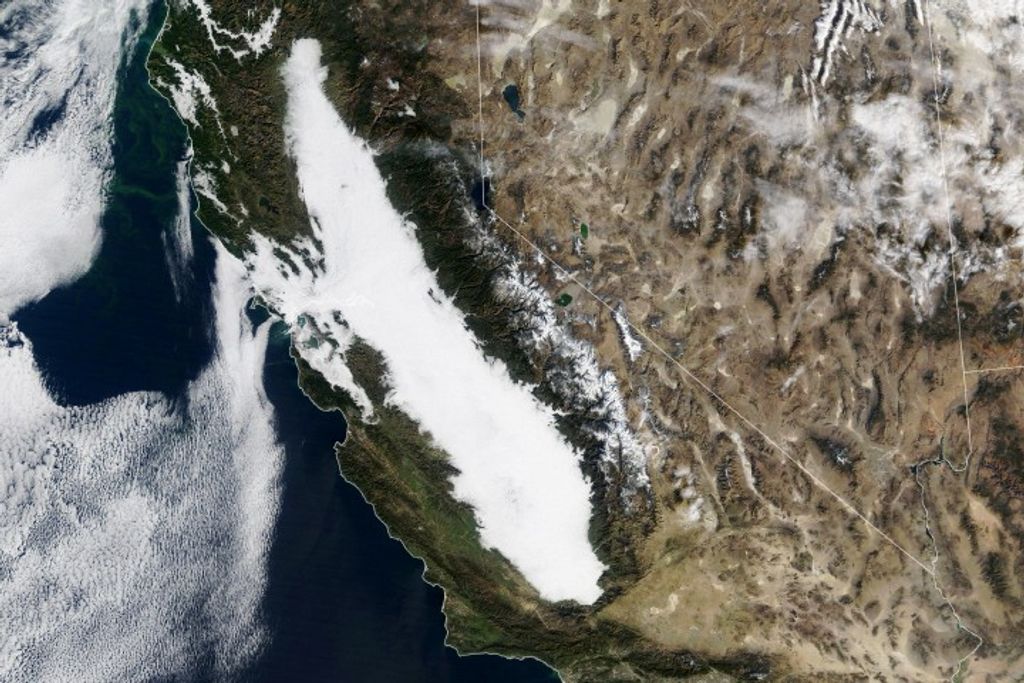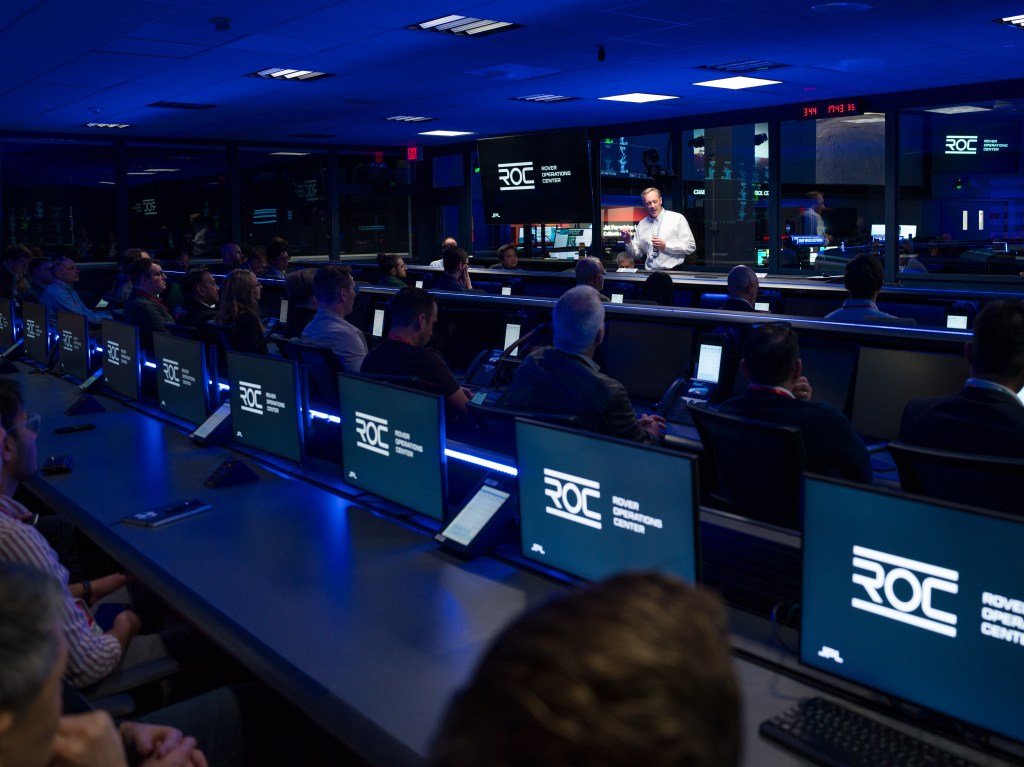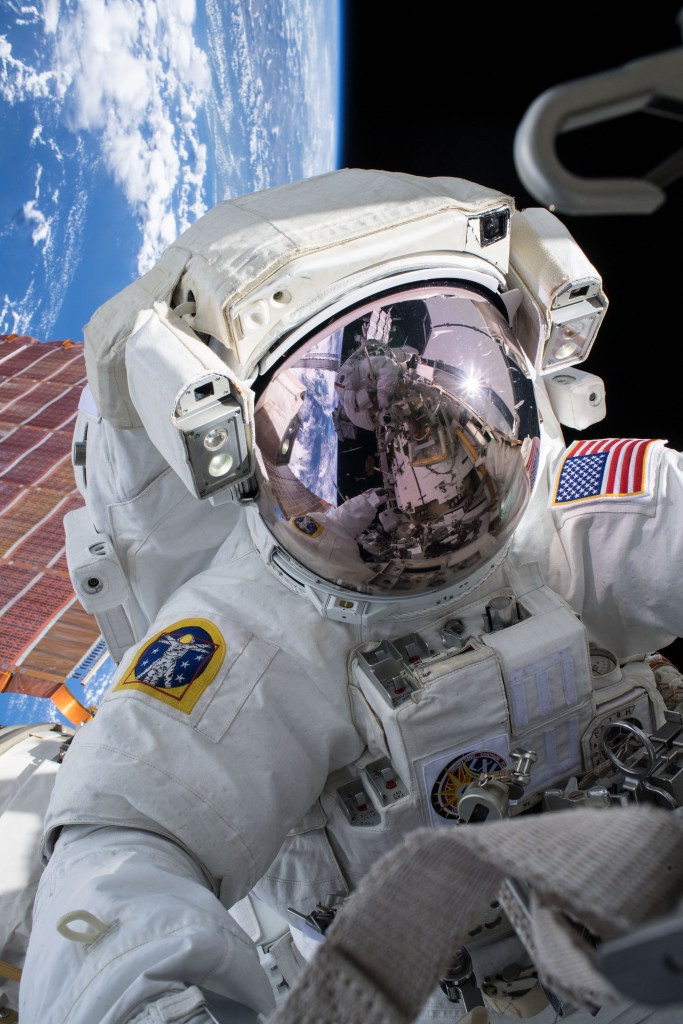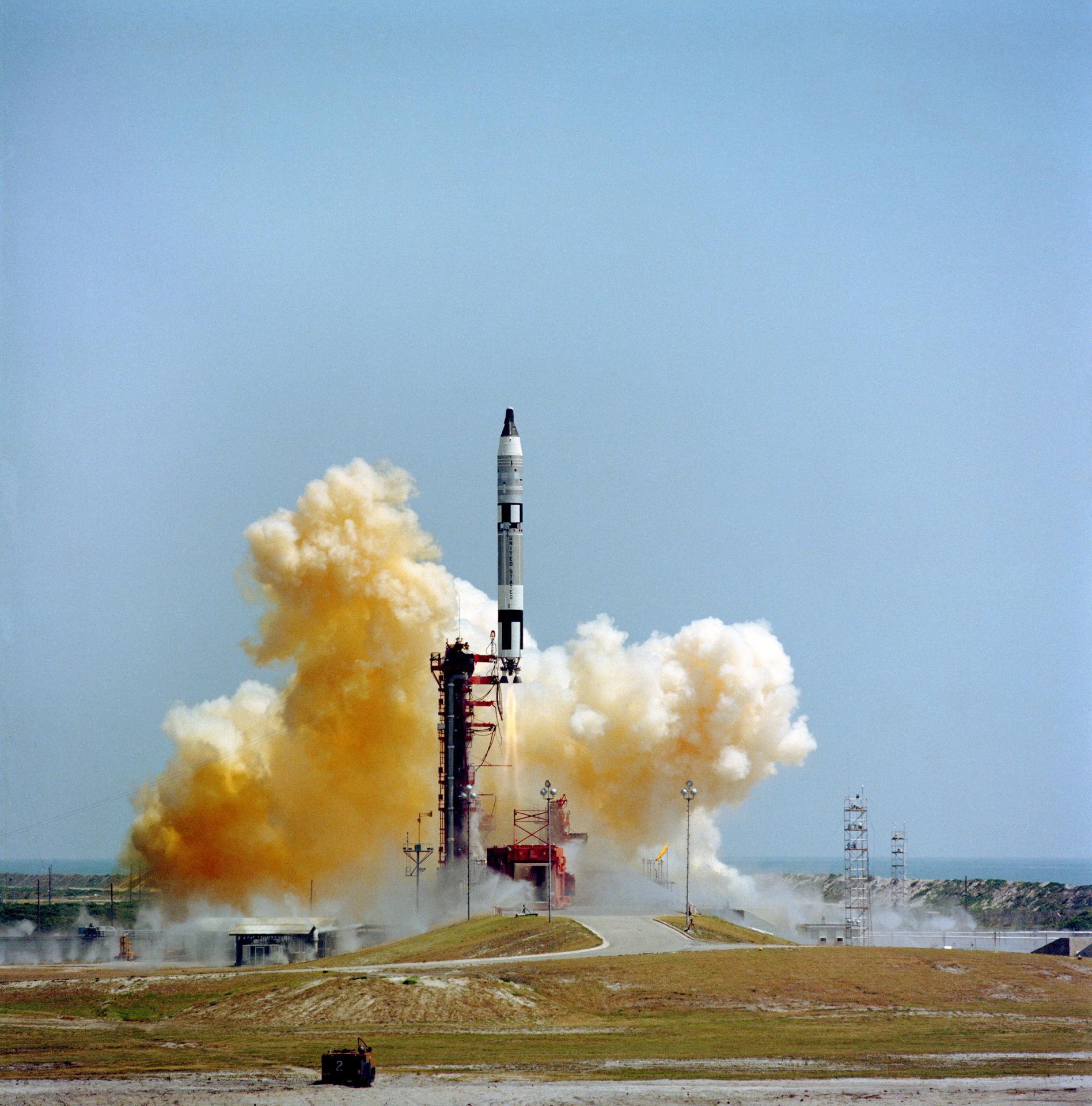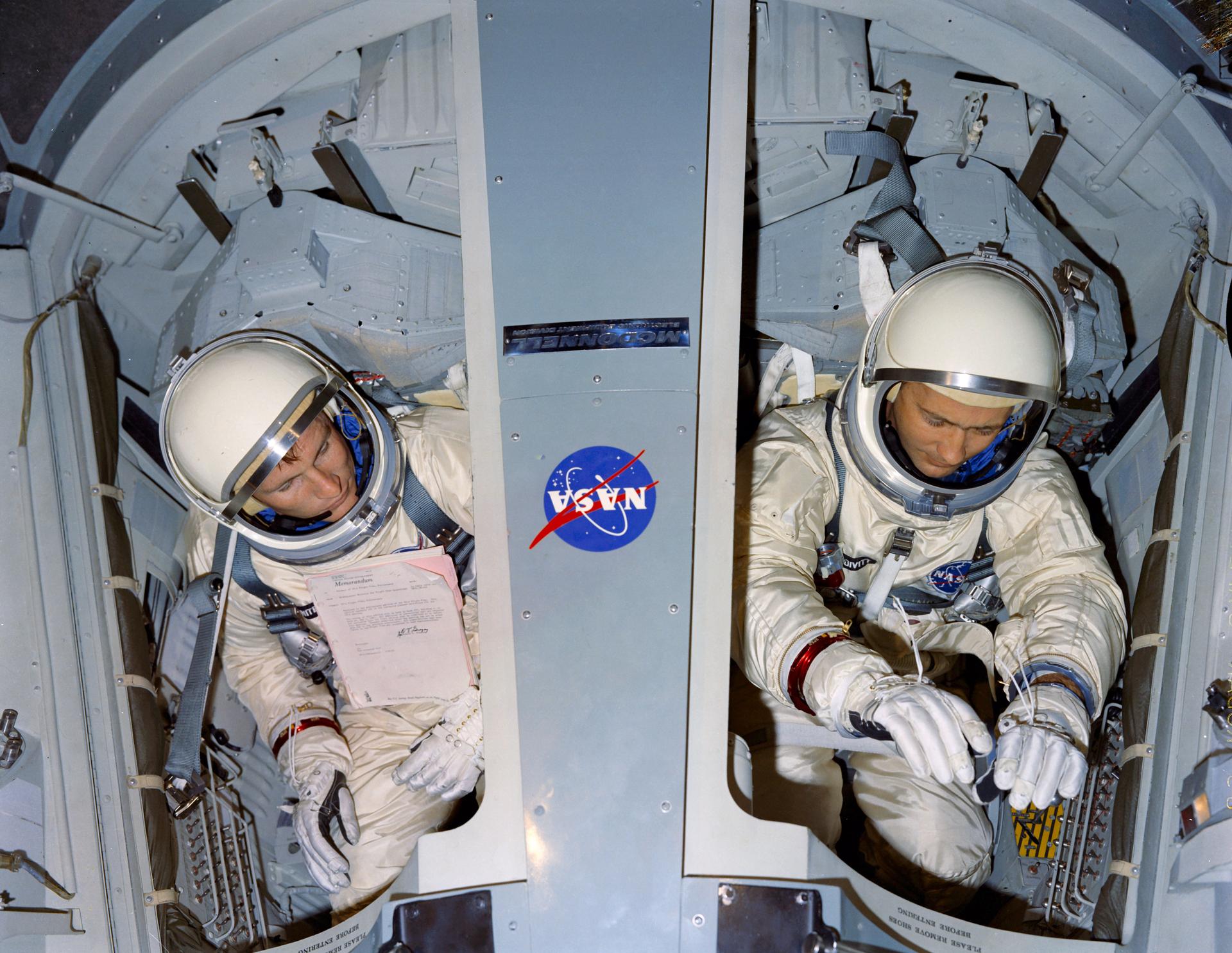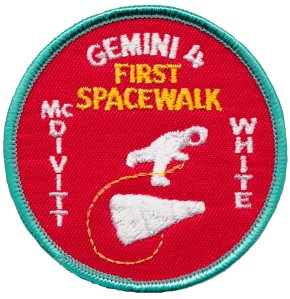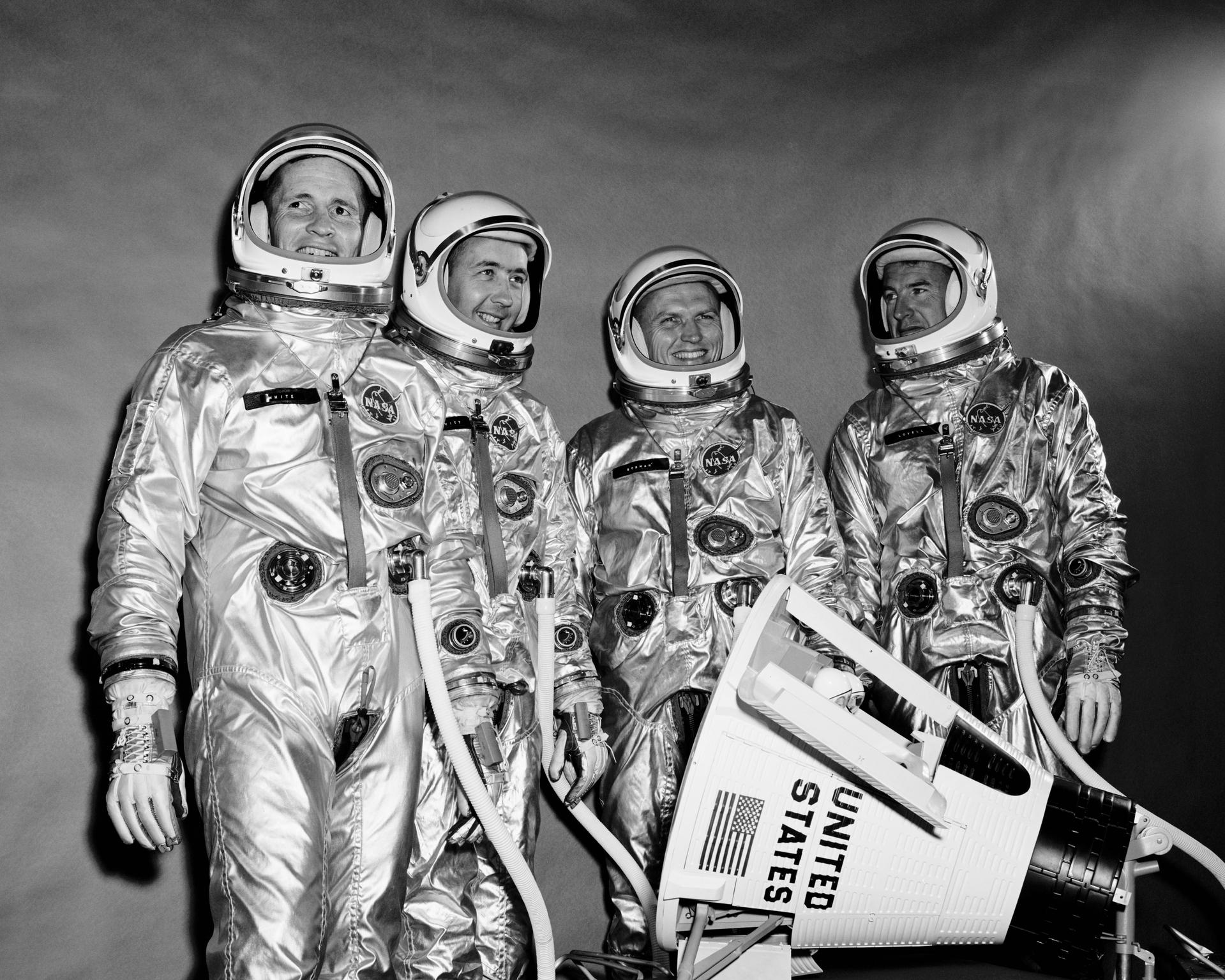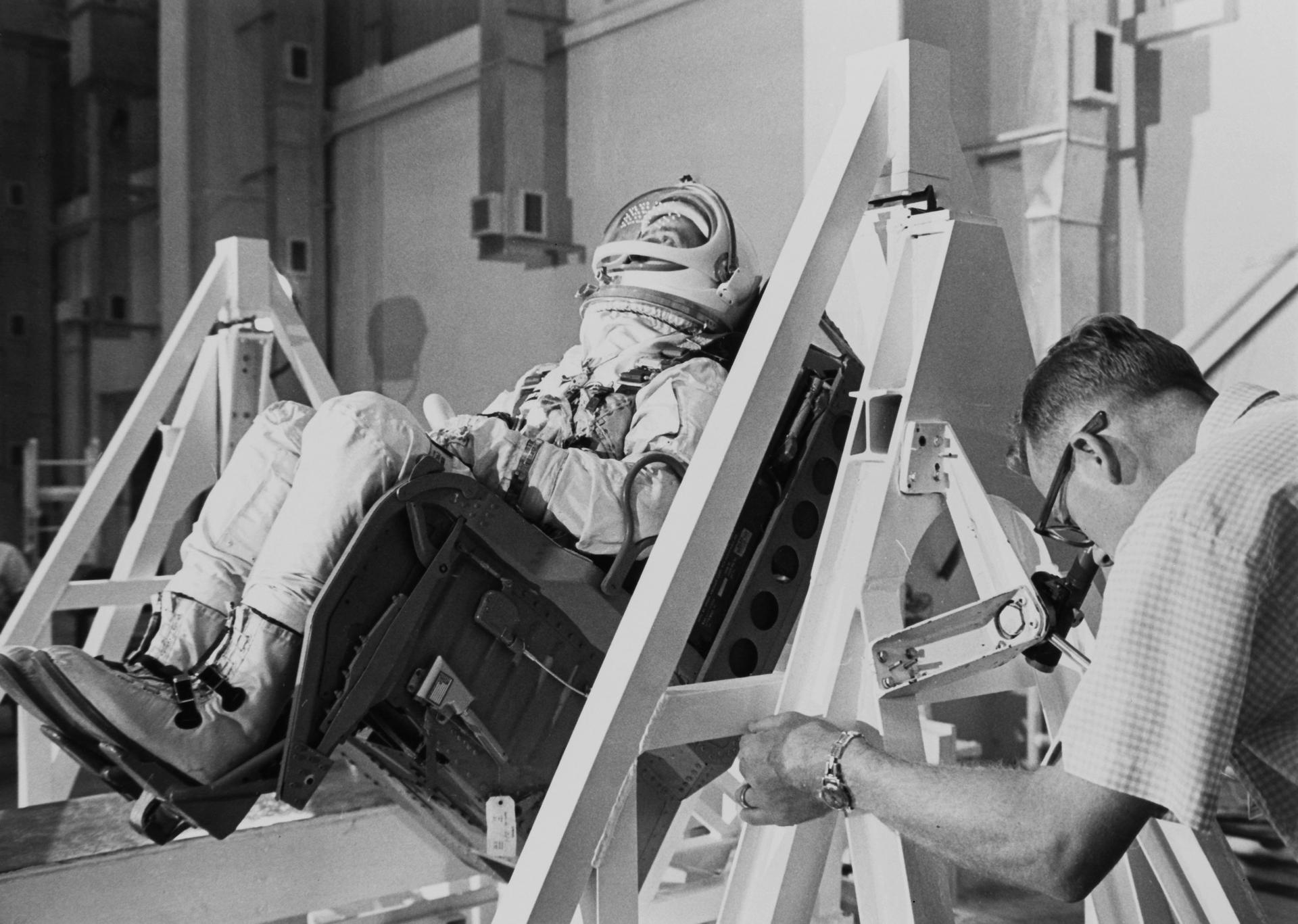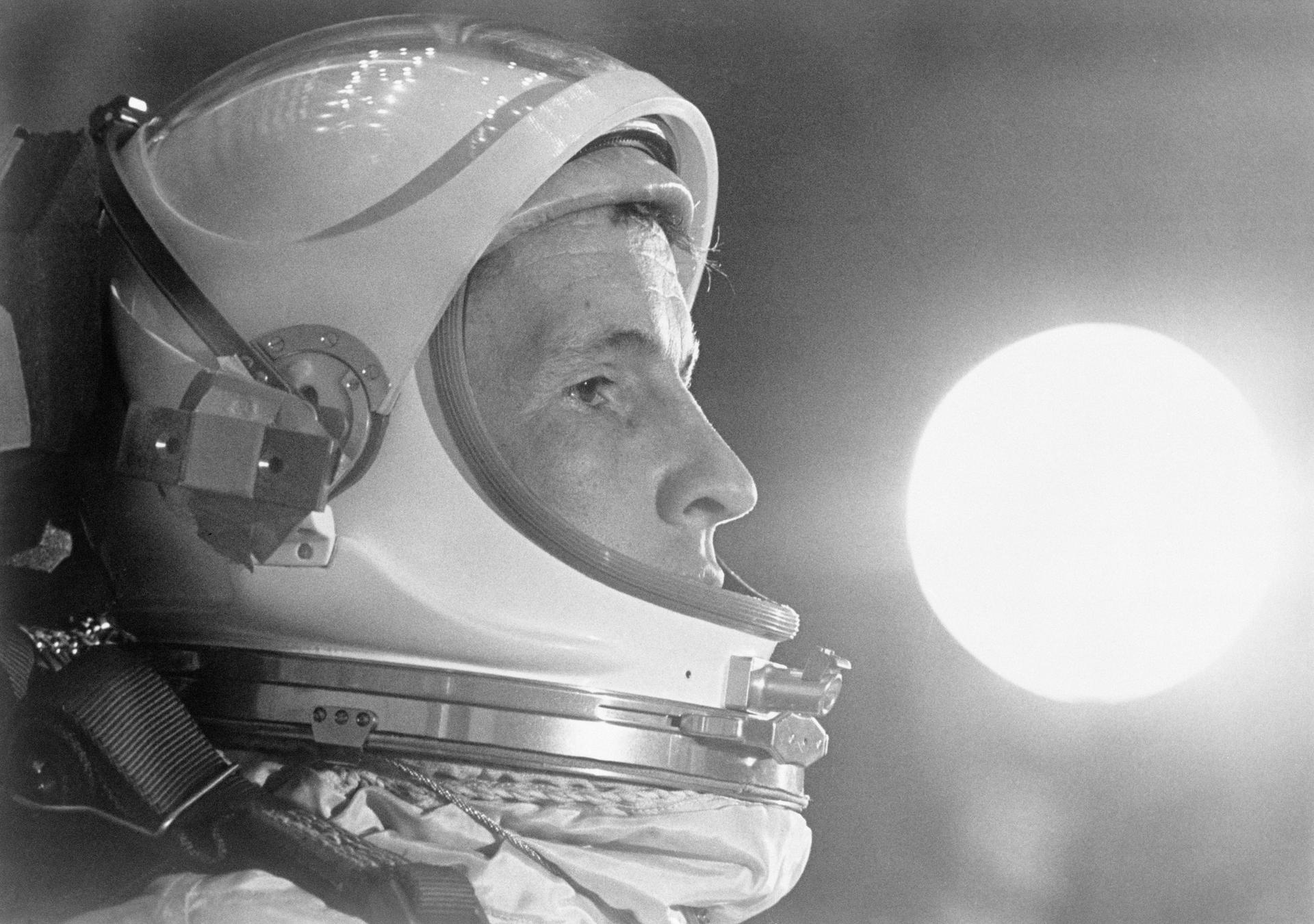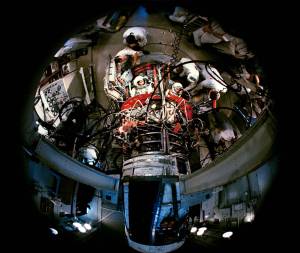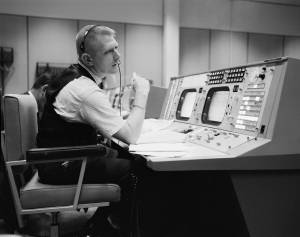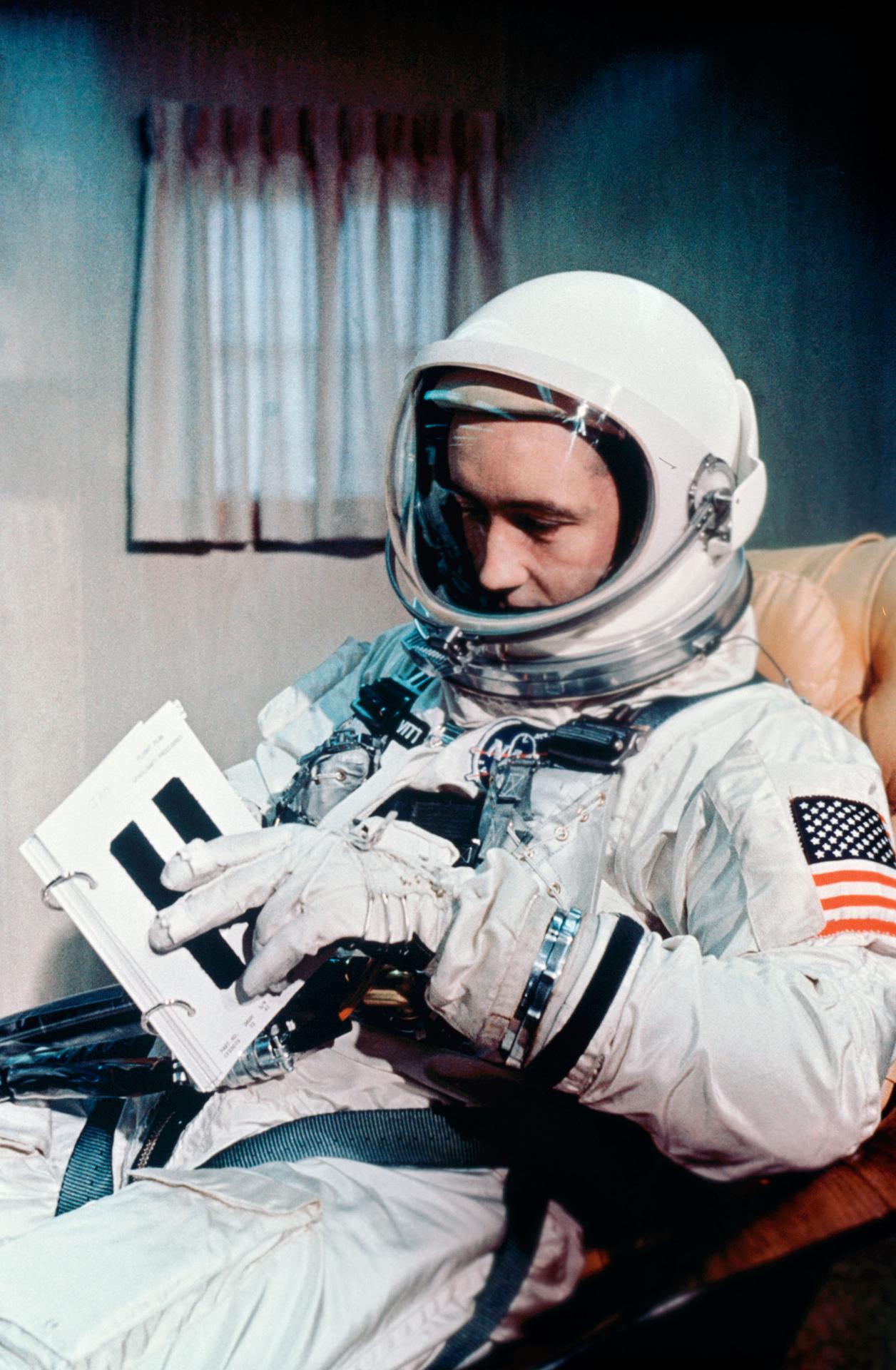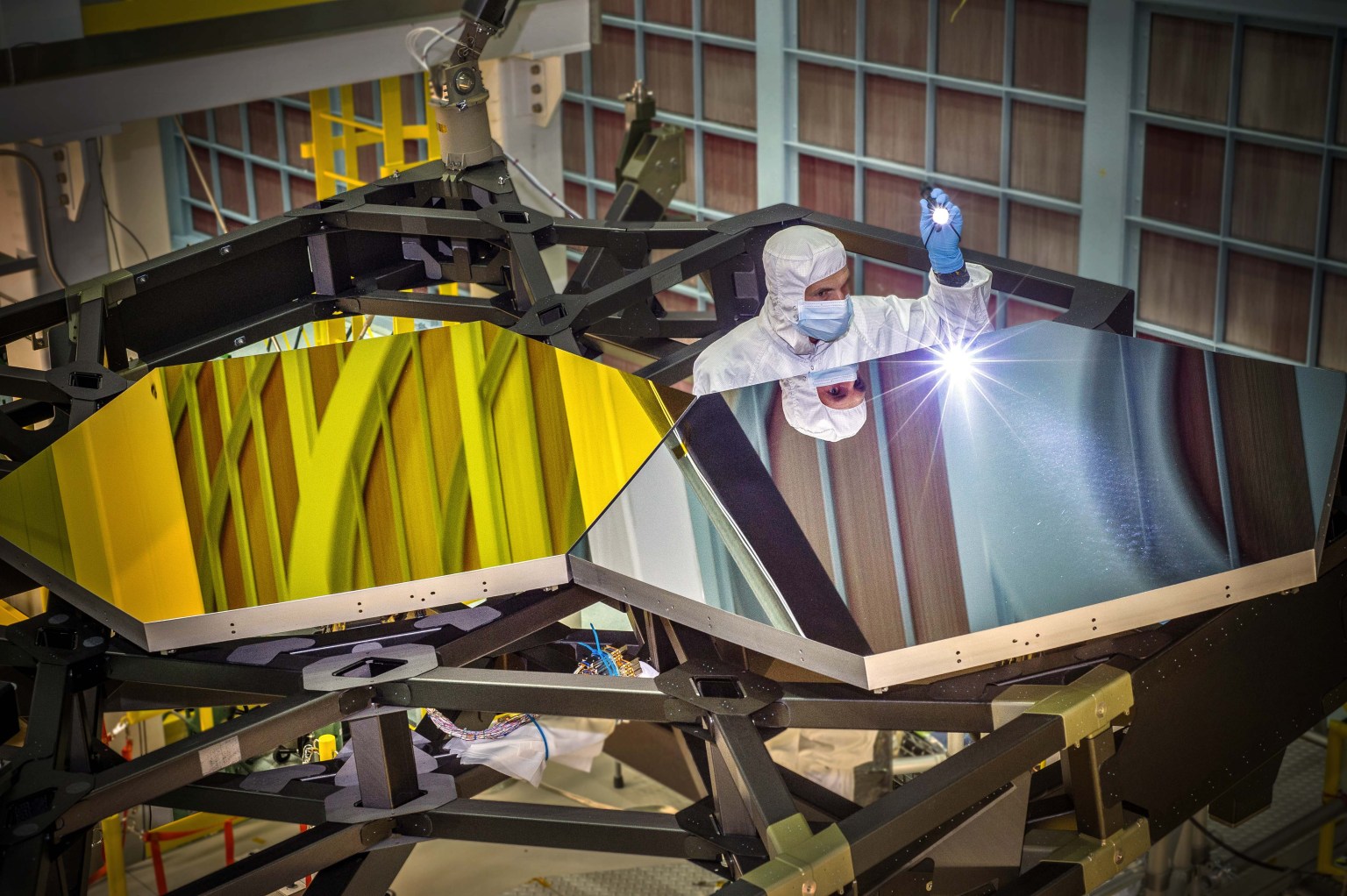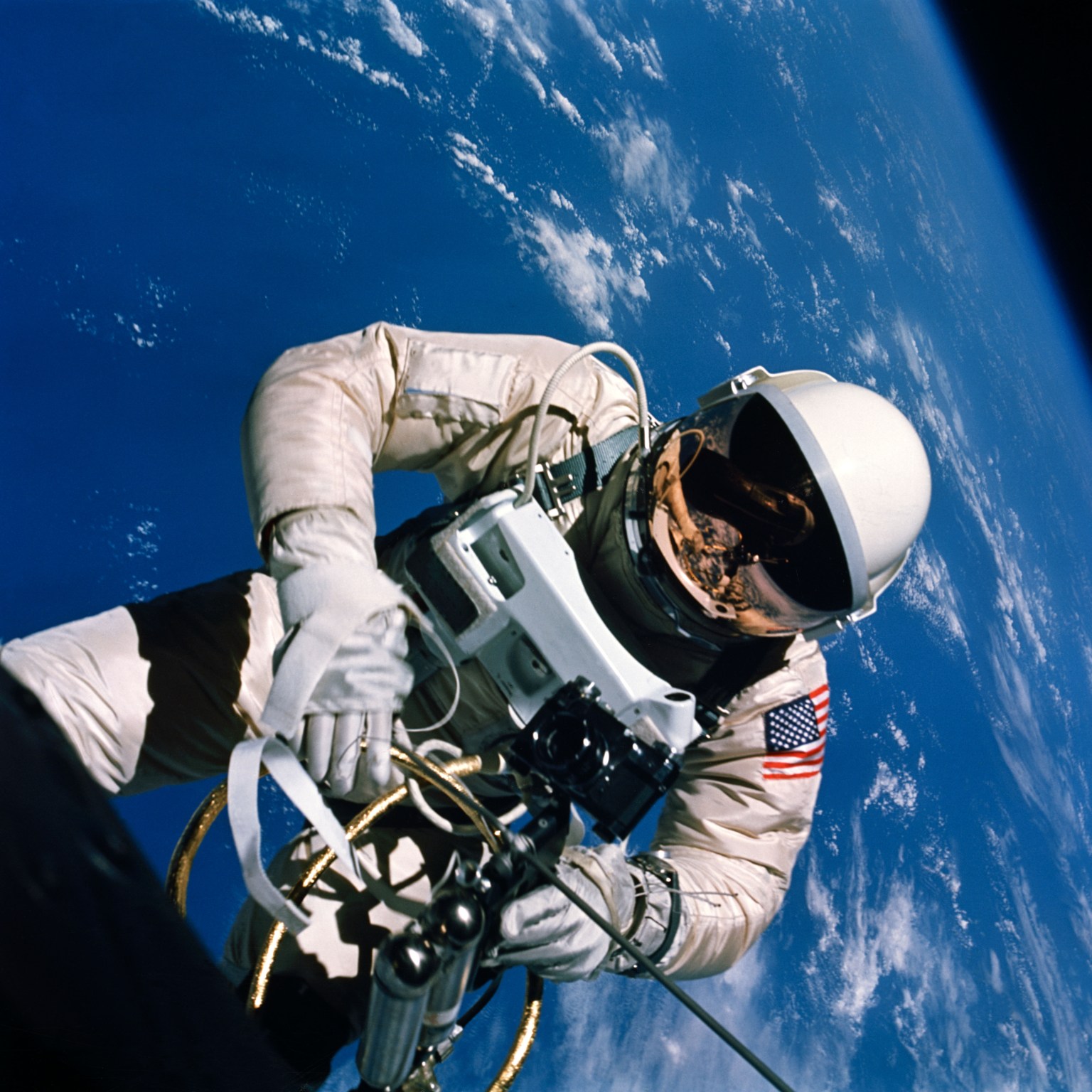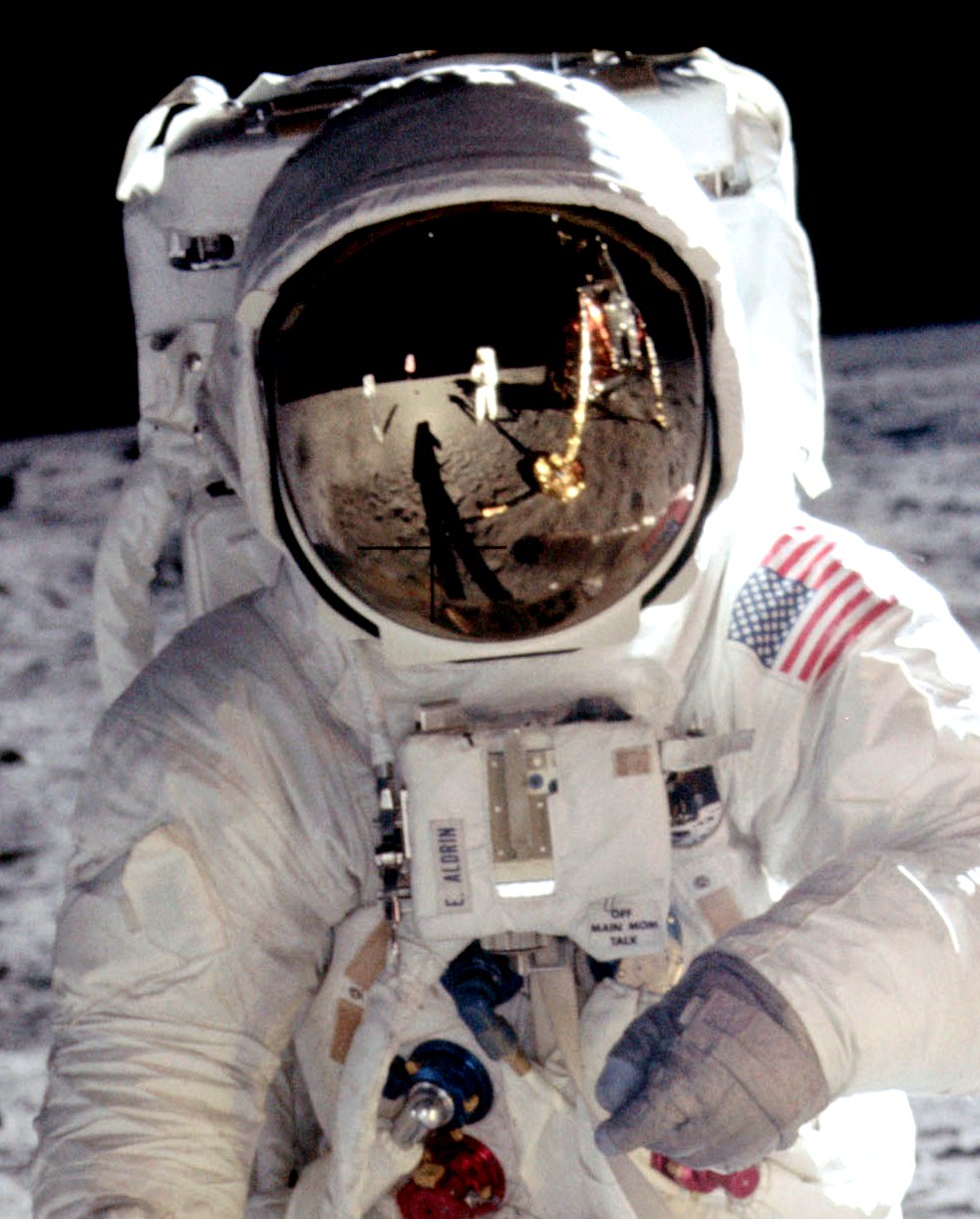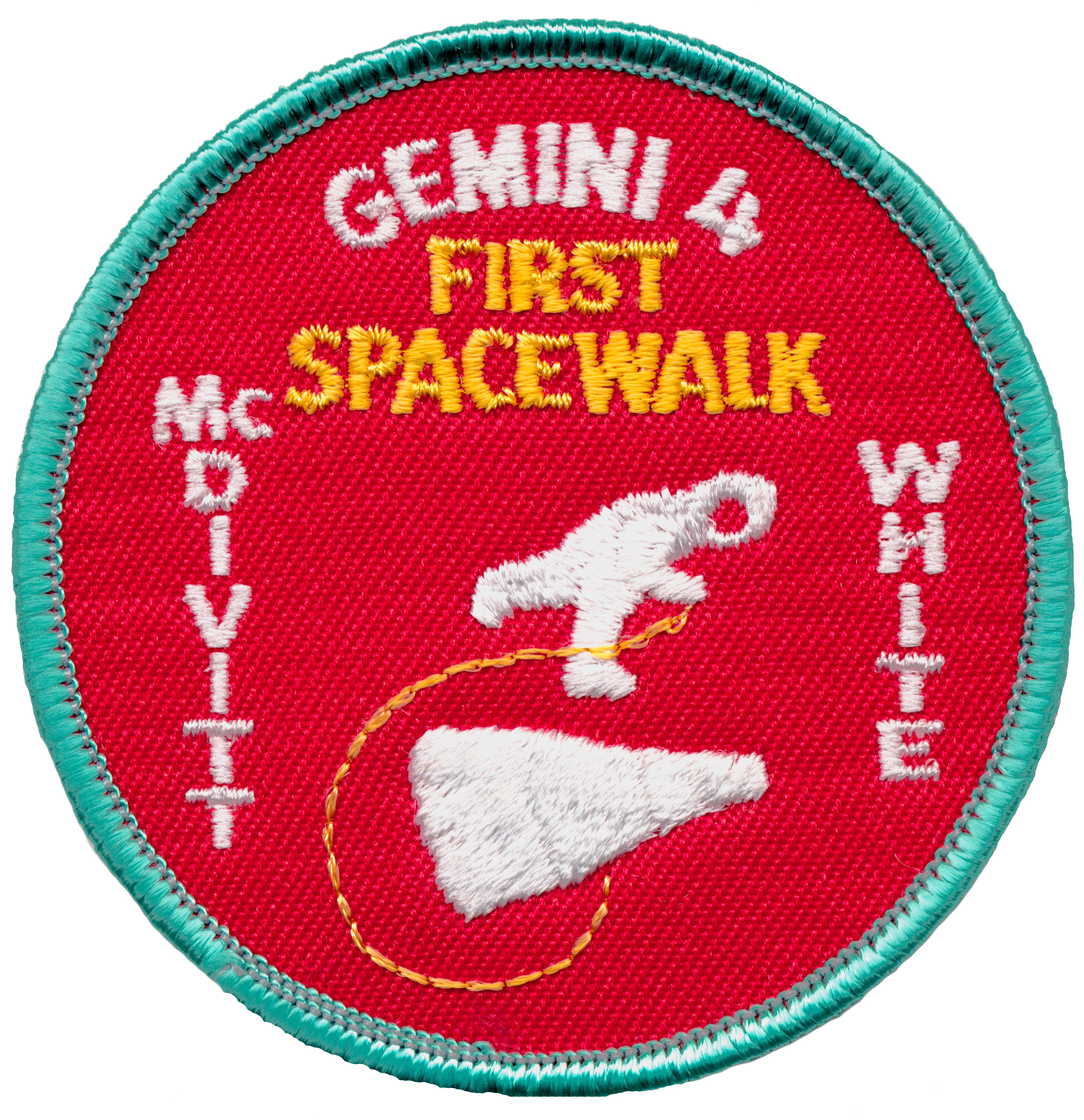
Gemini IV
Gemini IV (GT-4) was the second crewed mission of the Gemini series. James McDivitt and Edward White successfully completed the 4-day flight between June 3 and June 7, 1965. The mission included the first American spacewalk.
Mission Type
mission duration
Launch
Landing
Objectives
Gemini IV was the second crewed mission of the Gemini series and carried James A. McDivitt Jr. and Edward H. White II on a 4-day flight from Jun. 3 to Jun. 7, 1965. The mission included the first American spacewalk. The objective of the mission was to test the performance of the astronauts and capsule and to evaluate work procedures, schedules, and flight planning for an extended length of time in space. Secondary objectives included demonstration of extravehicular activity in space, conduct stationkeeping and rendezvous maneuvers, evaluate spacecraft systems, demonstrate the capability to make significant in-plane and out-of-plane maneuvers and use of the maneuvering system as a backup reentry system, and conduct 11 experiments.
Gemini IV: Learning to Walk in Space
Building on the success of the first piloted Gemini mission, NASA prepared to launch its most ambitious flight to date…
Read the Story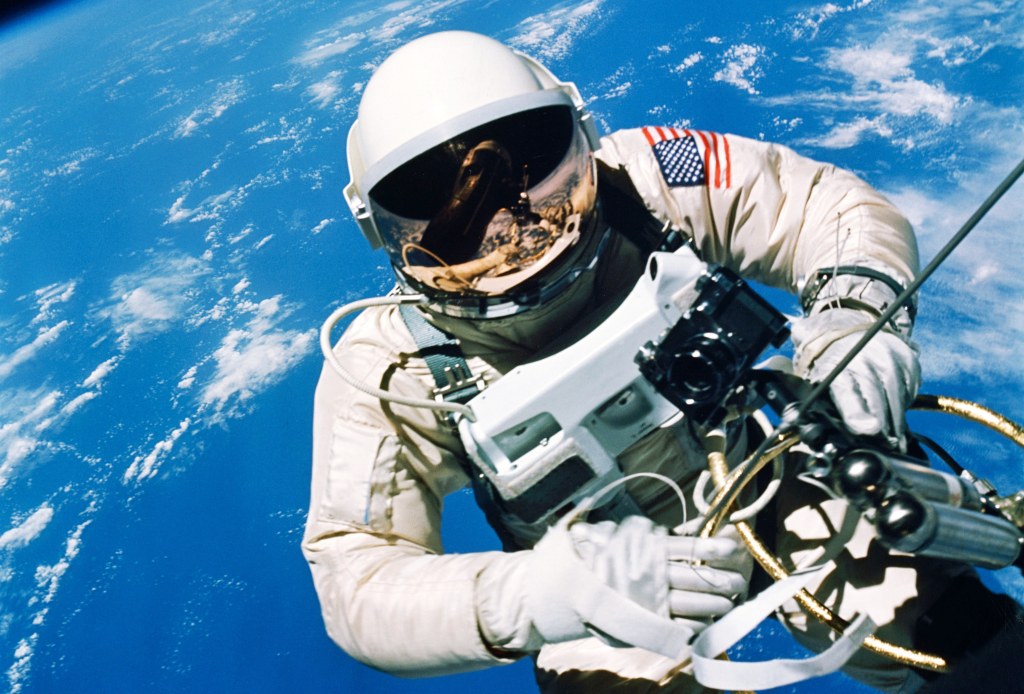
Mission Facts
Crew: James A. McDivitt Jr. (Command Pilot) and Edward H. White II (Pilot)
Backup Crew: Frank F. Borman II and James A. Lovell Jr.
Payload: Gemini 4
Mass at launch: 3,574 kg
Launch Date: Jun. 3, 1965, 10:15:59 a.m. EST (15:15:59 UT)
Launch Site: Complex 19, Cape Canaveral, United States
Launch Vehicle: Titan II
Revolutions Completed: 62
Duration: 97 hours, 56 minutes, 12 seconds (4 days, 1 hour, 56 minutes, 12 seconds)
Landing Date: Jun. 7, 1965, 12:12:11 EST (17:12:11 UT)
Landing Site: Western Atlantic, 27.73° N, 74.18° W
Recovery Ship: U.S.S. Wasp
James A. McDivitt Jr.
Command Pilot
McDivitt was selected as an astronaut by NASA in September 1962 as part of NASA’s second astronaut class. He first flew in space as commander of the Gemini IV mission in June 1965. As the commander of Apollo 9, he played a critical role in the first flight of the complete set of Apollo hardware and the first flight of the Lunar Module.
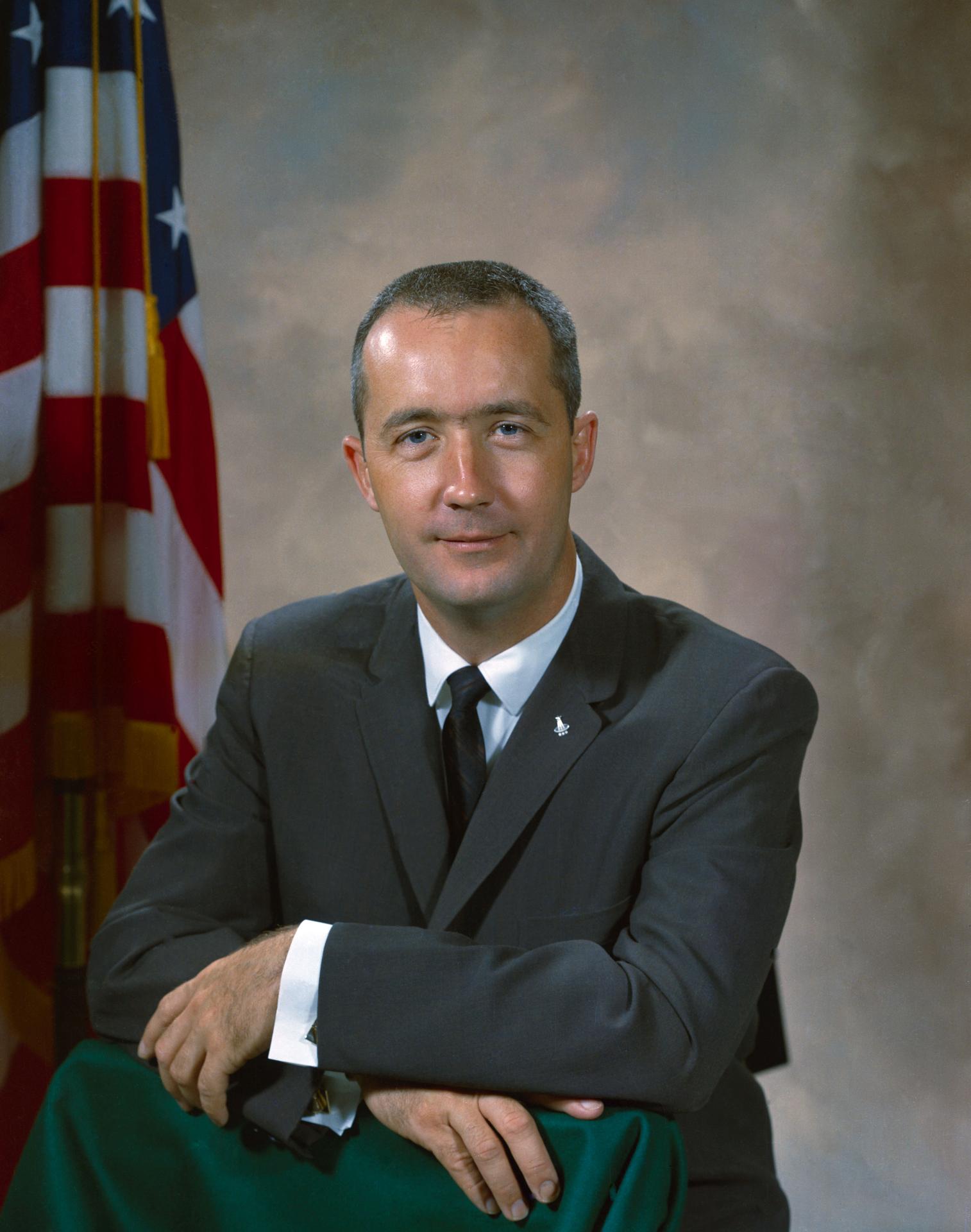
Edward H. White II
Pilot
Selected as part of NASA’s Astronaut Group 2, Ed White became the first American to perform a spacewalk on the Gemini IV mission in 1965. Assigned to the first Apollo mission, White tragically died in the Apollo 1 fire in 1967.
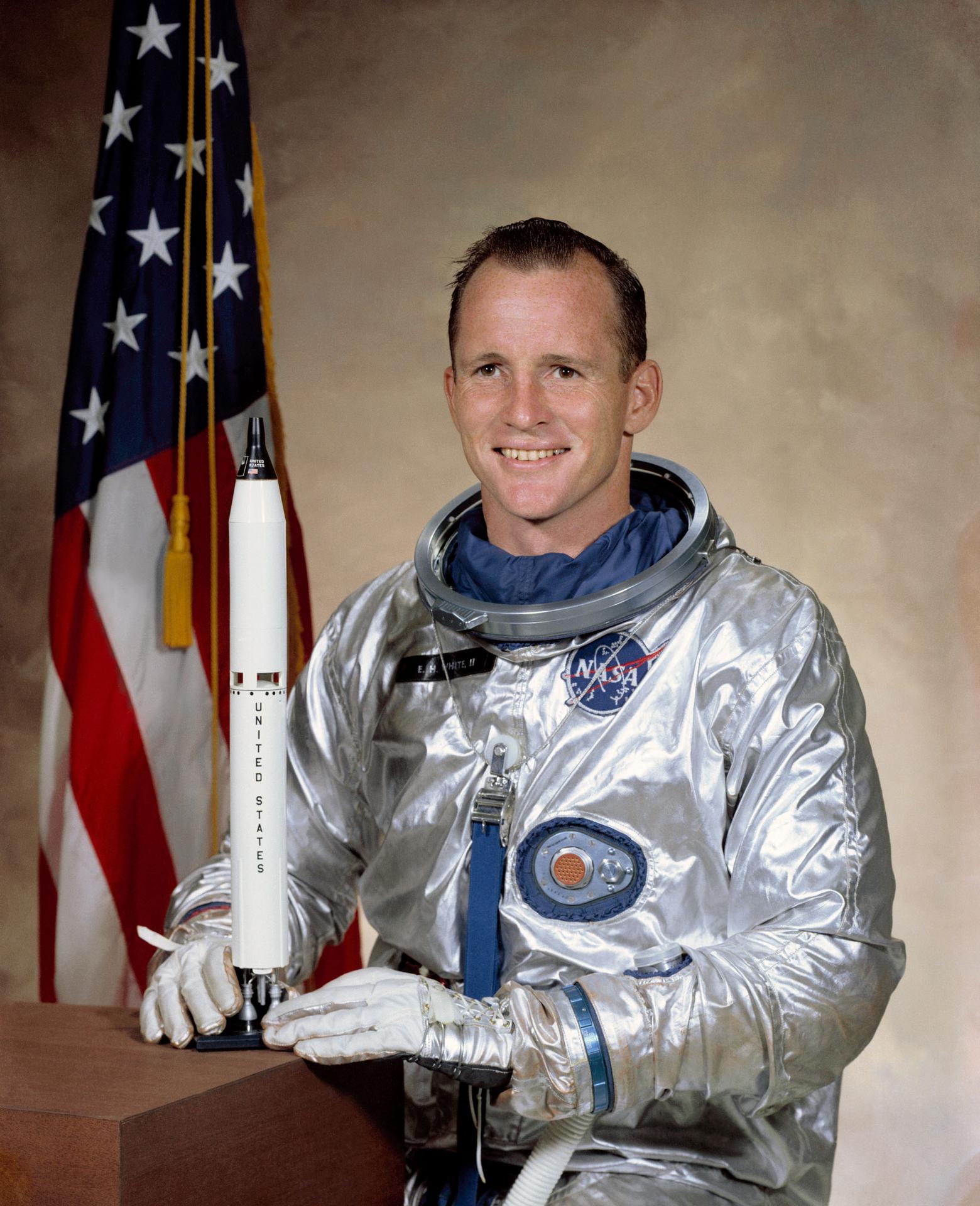
Mission Overview
Gemini IV was launched from Complex 19 at 10:15:59 a.m. EST (15:15:59.562 UT) and inserted into a 162.3 x 282.1 km Earth orbit at 10:22:05. The orbit was raised to 166 x 290 km during the first revolution to attempt a rendezvous with the second stage. This stationkeeping exercise was cancelled early in the second revolution after depletion of 42% of the fuel, it was determined that use of more fuel would jeopardize other mission objectives. White then donned special gear and pressurized his suit at 3.7 psi. McDivitt depressurized the cabin, bringing the pressure to zero at 2:33:35 p.m. EST, and the hatch was opened at 2:34. White stood up two minutes later and exited the spacecraft using a hand-held gas gun at 2:46, becoming the first American to walk in space. White was attached to the spacecraft by an 8-meter tether. The gas gun fuel supply was depleted in 3 minutes, after which White pulled on the tether and twisted his body to maneuver around the spacecraft. The extravehicular activity (EVA) lasted 23 minutes, after which White pulled himself back into the spacecraft.
Difficulty was encountered sealing the hatch, but working together, the astronauts finally closed it at 3:10 p.m. EST. Cabin repressurization began at 3:12:50. Drifting flight was maintained for the next 30 hours to conserve propellant. A computer malfunction on the 48th revolution made the planned computer-controlled reentry impossible. A zero-lift ballistic reentry, similar to that used by the Mercury program, was started at the beginning of revolution 62 with retrofire at 11:56:00 a.m. EST on Jun. 7. Gemini IV splashed down 16 minutes later at 12:12:11 in the western Atlantic, 27.73° N, 74.18° W, 81 km from the target. Total elapsed mission time was 97hours, 56 minutes, and 12 seconds. The crew were recovered by helicopter and flown to the aircraft carrier U.S.S. Wasp at 1:09 p.m. and the capsule was recovered at 2:28 p.m.
Eleven experiments were performed during the mission: four engineering experiments (electrostatic charge, proton-electron spectrometer, triaxial magnetometer, two-color earth limb photos); three medical experiments (inflight exerciser, inflight phonocardiogram, and bone demineralization); three space science experiments (synoptic terrain photos, synoptic weather photos, dim and twilight phenomena); and two Department of Defense experiments (radiation and simple navigation). All experiments were performed successfully. All other objectives except the rendezvous and computer-controlled reentry were achieved.
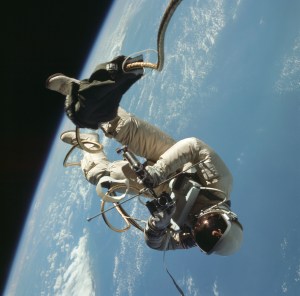
NASA astronaut Ed White, pilot of the Gemini IV mission, floats in space on June 3, 1965, while performing the first spacewalk by an American. As White floated outside the spacecraft, he used a Hand-Held Maneuvering Unit, informally called a…
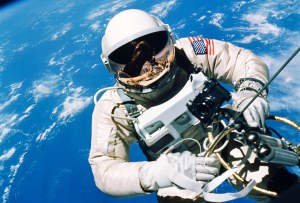
Building on the success of the first piloted Gemini mission, NASA prepared to launch its most ambitious flight to date – Gemini IV. During June 1965, two astronauts would not only stay in orbit four days, one would attempt America’s…


